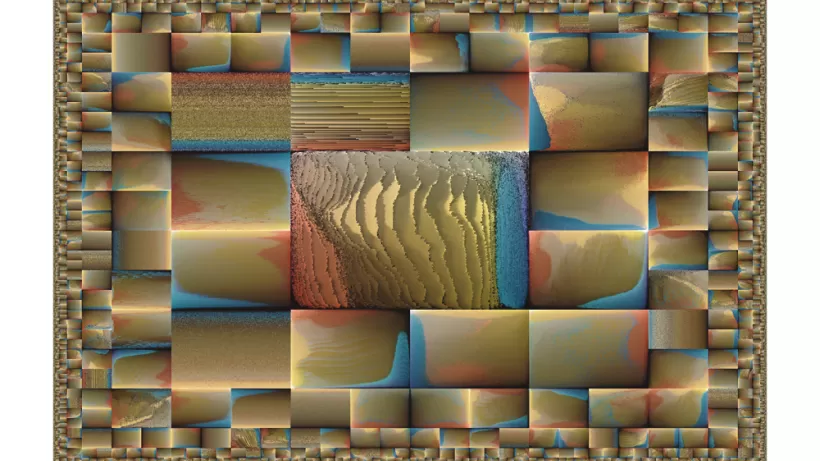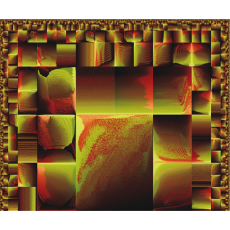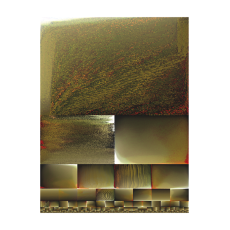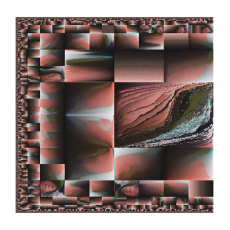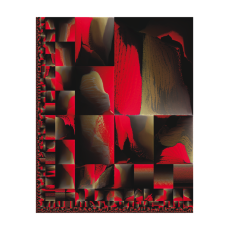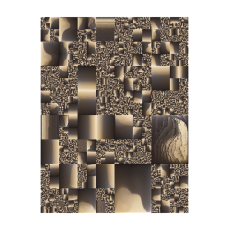I was compelled to return to images from Abu Ghraib so long after the revelations of 2004 as much for what had happened as because of what had not happened in since.
This work is a book in two volumes containing the processed photos of the corpus originally released in 2004.
I reproduce here the text introducing each volume:
Impossibilities
What follows are images produced through the algorithmic processing of the images of Abu Ghraib. It seems that we are in some way blind to them. And this processing, which is likewise blind, repeats a kind of failed accounting for what the images show. We have failed to see, failed to reckon with, and failed to become accountable for that which the images bear witness to. And yet we have distributed them widely; we have looked (if we have not seen). And we have been duly shocked. We have done something, but that something is oblique to what the images demanded of us.
The program that made these accounts for every pixel—measures all quantities and characteristics. It orders them in any number of possible ways, and repeats this gesture to exhaustion. All the while it preserves every bit of color information. And in ordering obsessively that data, the program discards the crucial information which locates a pixel in an the arrangement that allows for meaningful representation. In so doing, it arrives at a state of informational equilibrium; a peace between opposing rules of order. An aesthetic quiescence that insists on missing the point.
Intemporalities
The visual artifact, the image, enacts a categorical split between self and other. The one safe: to observe, to think, to weigh consequences and culpability, to be outraged, to contemplate what is to be done, to make gestures of reconciliation and repair; but most of all to be relieved that what happens, happens to the other and not to the self. The other is left to suffer alone because the other is both there (far) and then (past).
To know that an outrage has happened is to know that it is in the past. The truth of the image is contingent on its depicted event having occurred prior to the viewing. The othering of the time of event interposes a temporal distance buffering the self from a responsibility to think this thing in the present.
To assert that those looking at this share a time with those whose images have been depicted, and then here effaced, is to point to the paradox which constitutes the act of looking at images of atrocity. Ask then, what is the task our time imposes on thinking? And understand that time is profoundly shared always, even as place is only shared through the grace or misfortune of time.
Download an excerpt of the book:
